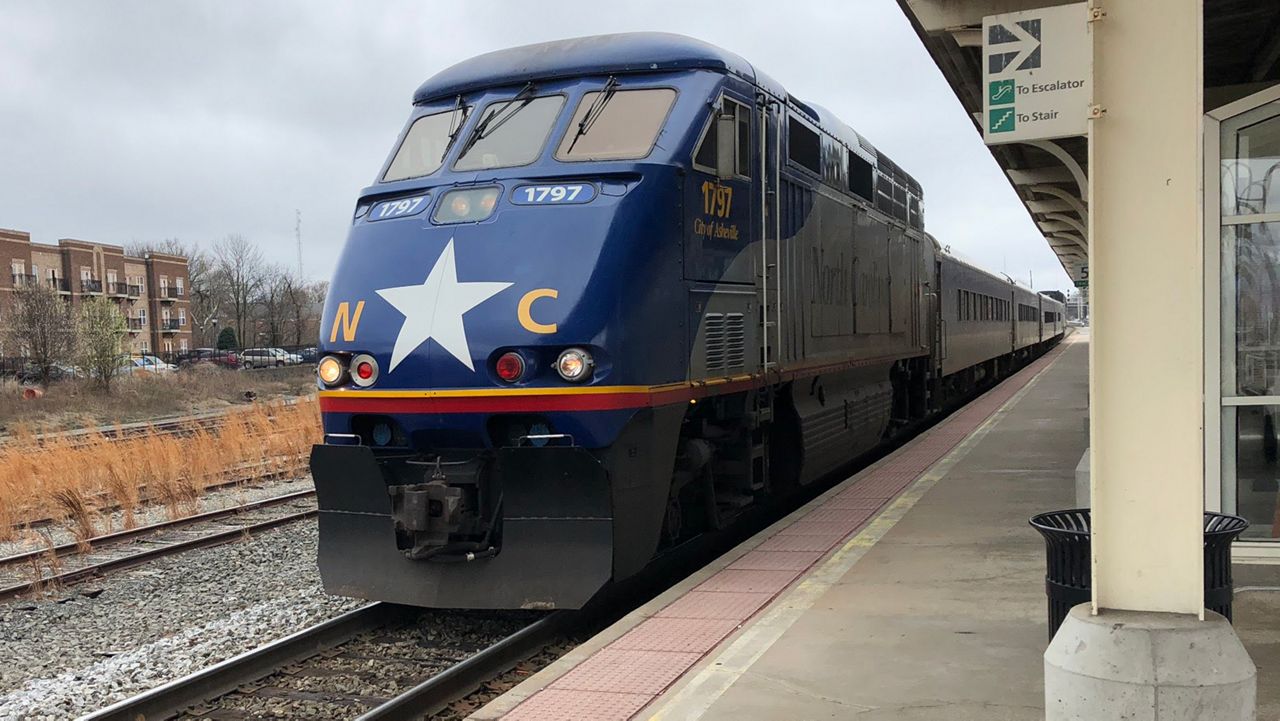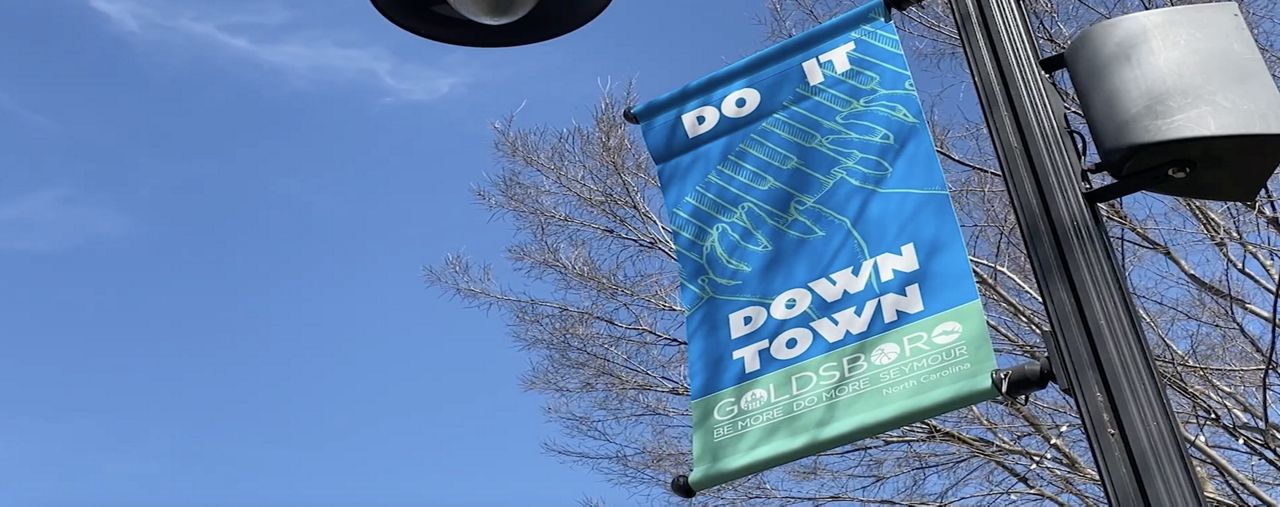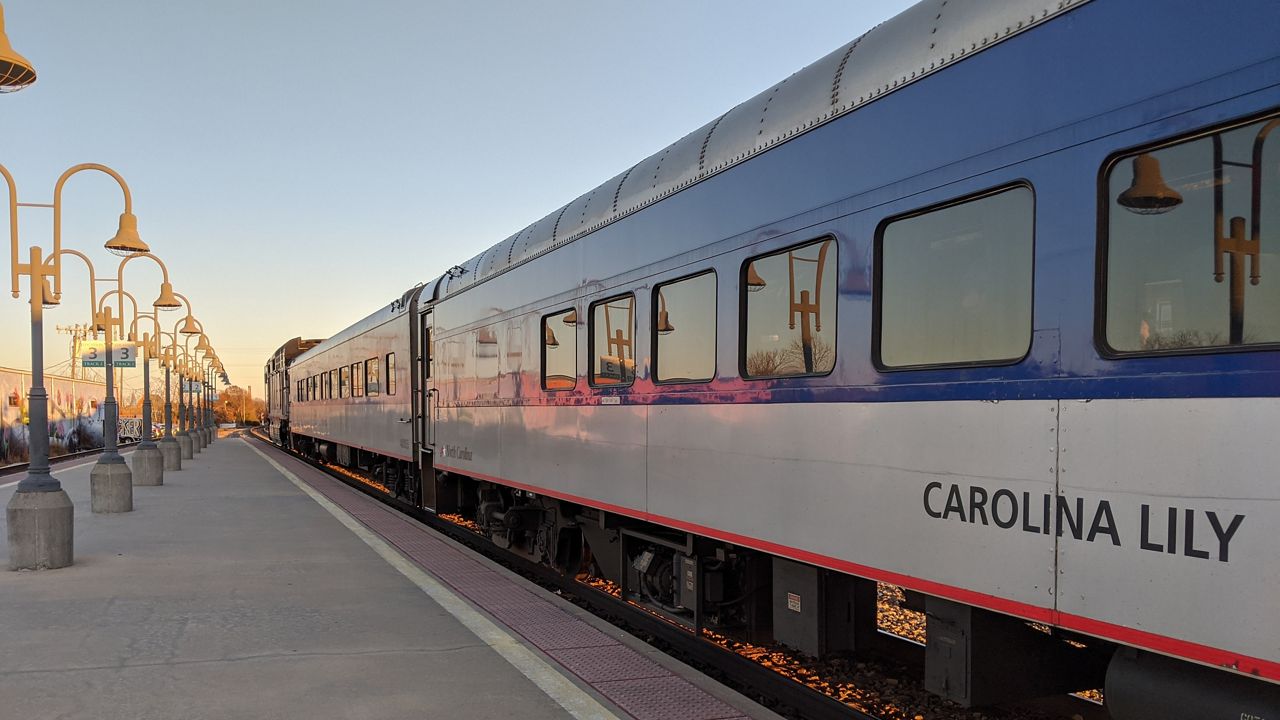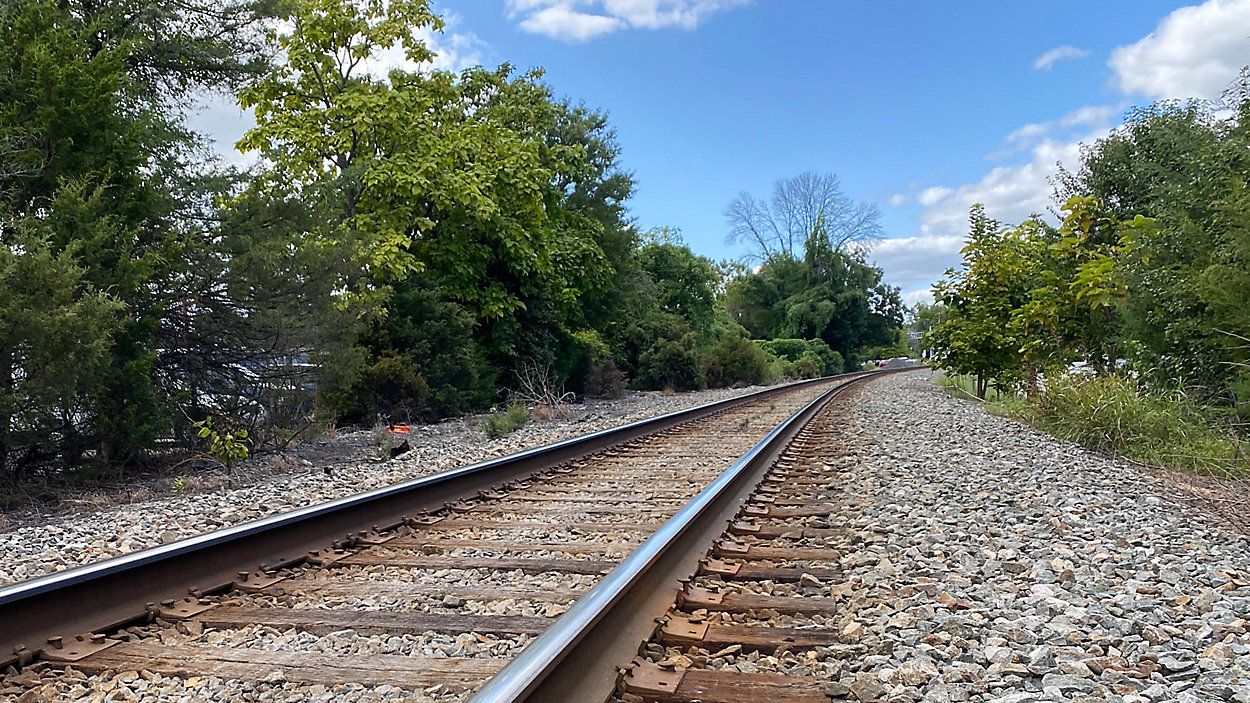RALEIGH, N.C. — Gov. Roy Cooper joined U.S. Transportation Secretary Pete Buttigieg Monday to break ground on a new high-speed rail line, according to a release from the Department of Transportation. Once complete, the new rail line will link Raleigh to Richmond.
The stop will mark the first on Buttigieg’s national summer construction tour. The funding for the infrastructure projects in North Carolina comes from the Bipartiason Infrastructure Law, passed by Congress in 2021. The new high-speed rail route is one of the biggest infrastructure projects in the state from the law, with more than $1 billion in federal funds dedicated to the line.
The S-Line
The U.S. Department of Transportation last year announced $1 billion in grants for a high-speed rail line from Raleigh to Richmond.
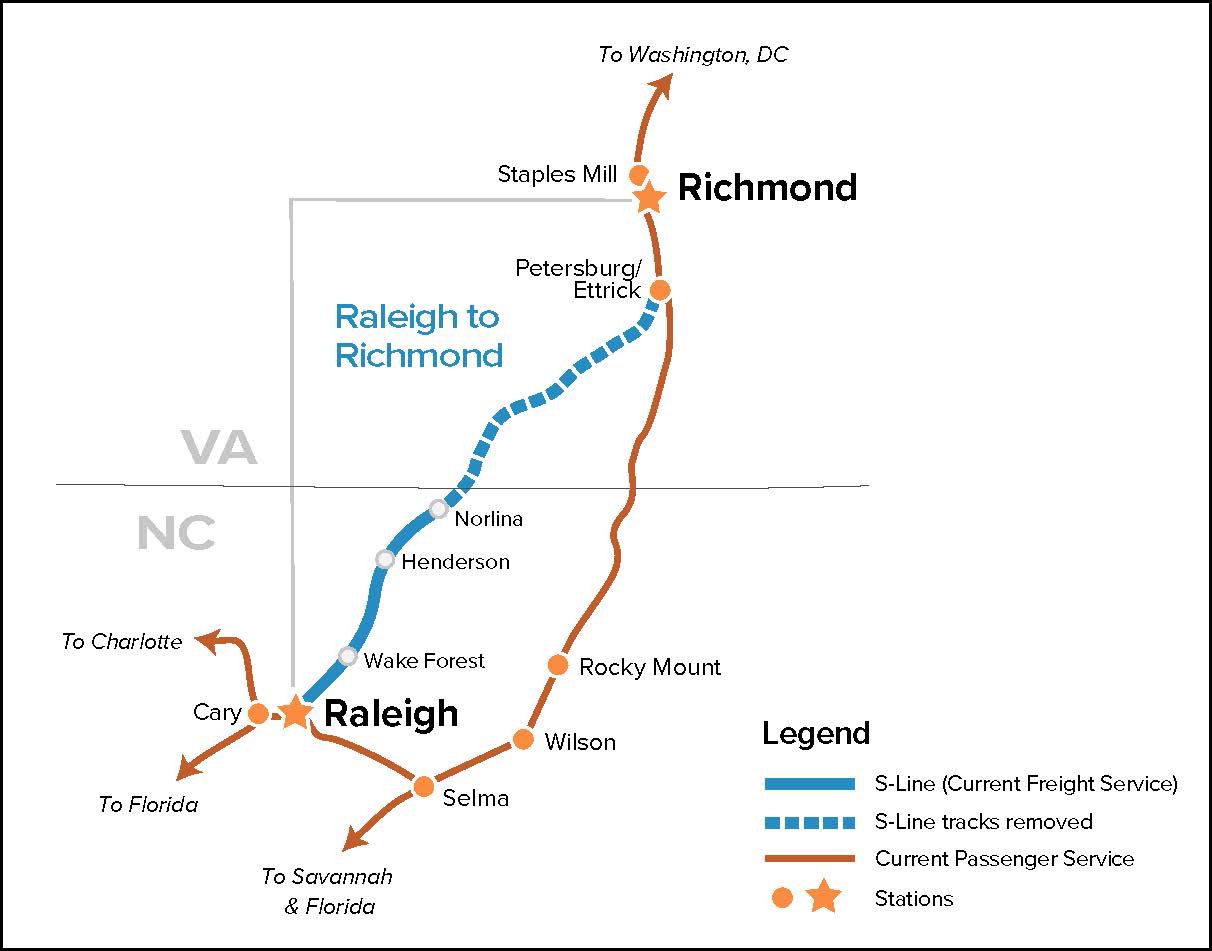
“Our great economic success also brings challenges, and you have to make sure you can handle the increased population that’s coming with all of these jobs we’re bringing, not only to our urban areas but to our rural areas as well,” Cooper said.
The smaller grants will go to improving the existing Amtrak line between Raleigh and Charlotte and expanding the rail network in the state.
High speed rail line
The grant announced late last year dedicates $1.09 billion to design and build the first segment of a high-speed rail line between Raleigh and Richmond. The new 162-mile passenger route has been in the works for about two decades.
“This is great news and underscores our successful efforts to build a transportation system that works for all North Carolinians,” the governor said in a statement when the funding was announced. “The S-Line is a critical project that will provide fast, frequent and reliable service connecting North Carolina, Virginia and the Northeast.”
“It extends our already popular passenger rail service between Charlotte and Raleigh, and provides people, especially those in underserved areas, a safe, convenient and inexpensive way to get where they’re going,” he said.
The S-Line corridor is on existing tracks owned by freight carrier CSX. Virginia has already bought its segment of the rail line, and North Carolina is in the final stages to buy its part of the corridor, state officials said.
The recent funding is paying for the final engineering design, buying the right-of-way, and construction costs for the portion of the route from Raleigh to Wake Forest. The state will also use the money for new and upgraded track, and replacing crossings with overpasses.
The existing train route from Raleigh north to Richmond and Washington D.C. goes out to the east, through Johnston County before turning north. The new S-Line goes north out of Raleigh, with stops in Wake Forest, Henderson and Norlina.
North Carolina DOT said it hopes to have the final design work done in 2027, but there is no date set for where the new route could begin serving passengers.
A vision for rail in the South
The new federal spending on rail is part of a decades-long effort to build more passenger rail in the South.
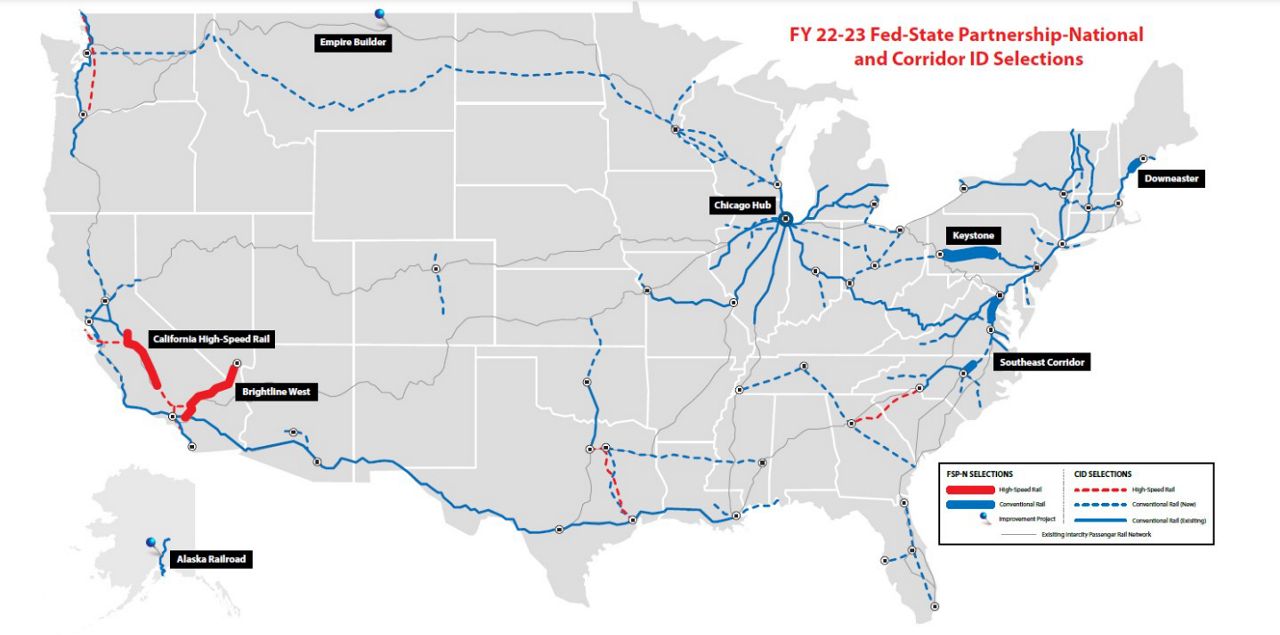
The Raleigh to Richmond line is one segment of a broader plan to run high-speed rail that will connect Atlanta, up through the Carolinas and Virginia, to Washington D.C. and the northeast corridor.
“President Biden’s Bipartisan Infrastructure Law gave us a once-in-a-generation opportunity to think smart and think big about the future of rail in America, and we are taking full advantage of the resources we have to advance world-class passenger rail services nationwide,” Federal Rail Administration’s Amit Bose said when the new grants were announced.
“Today’s announcement is another step forward as we advance transformative projects that will carry Americans for decades to come and provide them with convenient, climate-friendly alternatives to congested roads and airports,” he said. “We’re thinking about the future too with comprehensive and systematic planning efforts to transform the U.S. intercity passenger rail network now and in the years to come.”




